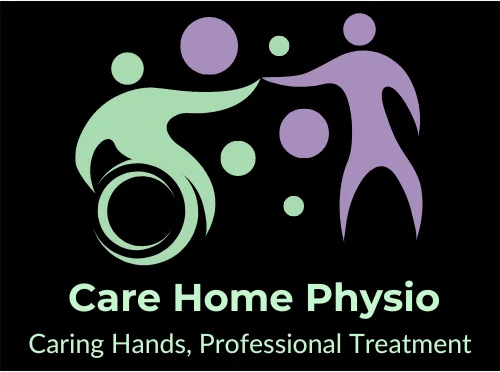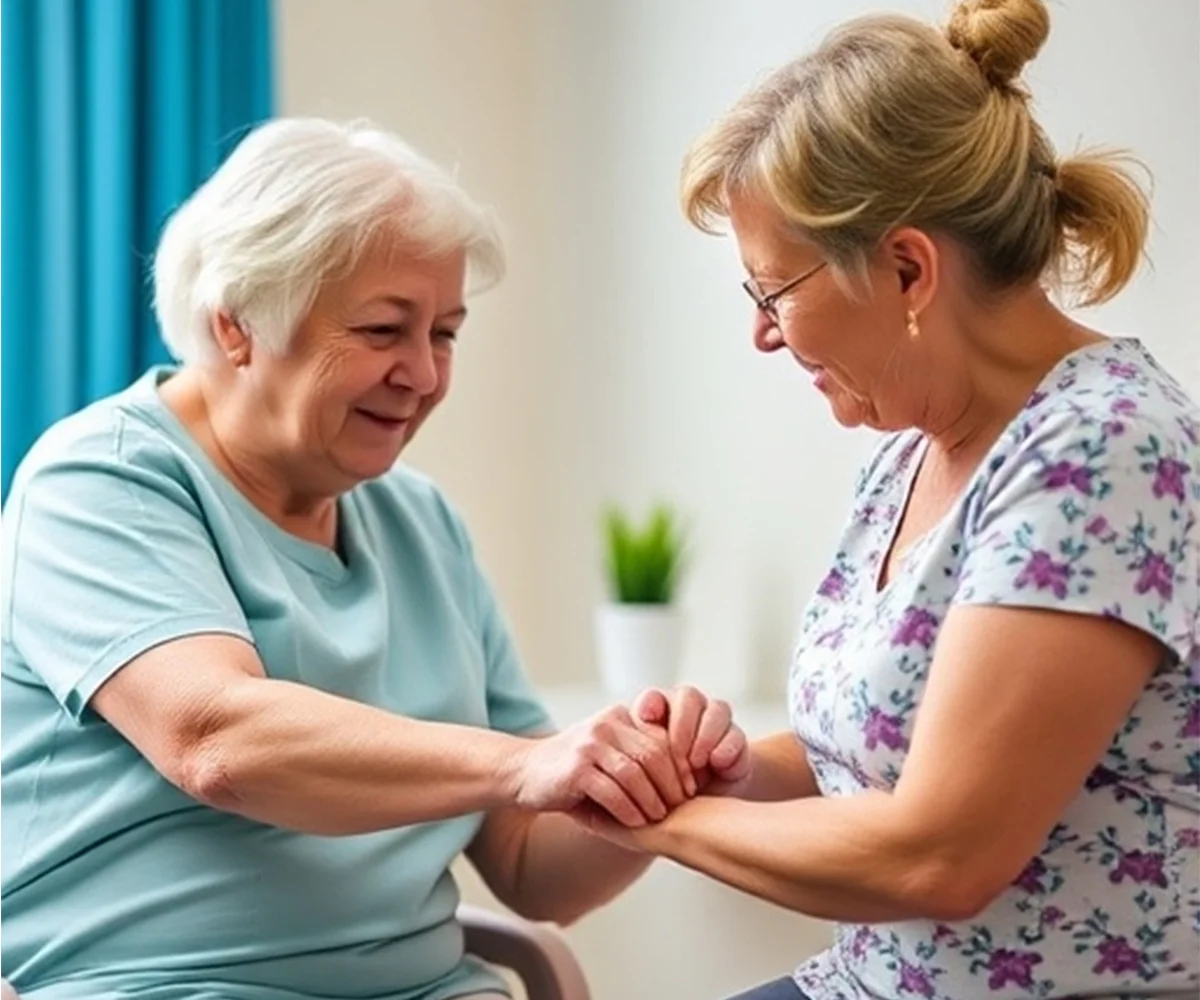Physiotherapy is a vital aspect of healthcare that focuses on improving movement, physical function, and overall well-being. In care homes, where many residents face mobility challenges, chronic illnesses, and age-related health issues, physiotherapy plays a crucial role in promoting independence and enhancing quality of life.
This article explores the importance of physiotherapy in care homes, its benefits, common therapies, and how it positively impacts both residents and caregivers.
The Need for Physiotherapy in Care Homes
As people age, their physical capabilities often decline due to factors such as reduced muscle strength, joint stiffness, and chronic conditions like arthritis or osteoporosis. Residents in care homes frequently deal with:
- Reduced Mobility: Many struggle with walking or performing everyday tasks.
- Chronic Pain: Conditions like back pain, joint discomfort, or post-surgical recovery may lead to persistent pain.
- Increased Fall Risk: Decreased balance and strength make falls a common concern.
- Neurological Disorders: Conditions like Parkinson’s disease, stroke, or dementia often impact movement and coordination.
Physiotherapy addresses these challenges by providing personalized care plans that aim to restore functionality, reduce pain, and prevent further physical decline.
Benefits of Physiotherapy in Care Homes
Integrating physiotherapy into care home routines offers numerous benefits for residents:
1. Improved Mobility
- Physiotherapy exercises and treatments help residents regain or maintain their ability to move independently.
2. Pain Management
- Techniques like massage, stretching, and heat therapy alleviate discomfort caused by chronic conditions or injuries
3. Fall Prevention
- Strengthening exercises, balance training, and gait analysis reduce the risk of falls, a leading cause of injury among elderly individuals.
4. Enhanced Recovery
- Residents recovering from surgeries, fractures, or illnesses benefit from targeted rehabilitation to regain strength and function.
5. Mental Well-Being
- Physical activity and movement can improve mood, reduce anxiety, and combat feelings of isolation or depression.
6. Increased Independence
- By improving physical abilities, residents can perform daily tasks like dressing, bathing, and eating with minimal assistance.
Common Physiotherapy Techniques Used in Care Homes
Physiotherapists working in care homes use a variety of techniques tailored to the needs of individual residents. These include:
1. Exercise Therapy
- Range of Motion (ROM) Exercises: Prevent joint stiffness and improve flexibility.
- Strengthening Exercises: Build muscle strength to support mobility.
- Aerobic Exercises: Low-impact activities like walking or stationary cycling enhance cardiovascular health.
2. Balance and Coordination Training
- Focuses on improving stability to reduce the risk of falls.
3. Manual Therapy
- Hands-on techniques, such as massage and joint mobilization, relieve pain and improve mobility.
4. Posture Correction
- Exercises and ergonomic advice help residents maintain proper posture, reducing strain on muscles and joints.
5. Electrotherapy
- The use of electrical stimulation devices to relieve pain and promote muscle recovery.
6. Hydrotherapy
- Water-based exercises that are gentle on joints and highly effective for rehabilitation.
Role of Physiotherapists in Care Homes
Physiotherapists play a multifaceted role in care homes. Their responsibilities include:
- Assessment and Diagnosis: Evaluating each resident’s physical condition and identifying areas for improvement.
- Personalized Care Plans: Developing tailored rehabilitation programs based on individual needs and goals.
- Education: Teaching residents and caregivers exercises and techniques to manage physical limitations.
- Monitoring Progress: Regularly tracking improvements and adjusting treatment plans as needed.
- Collaboration: Working with other healthcare professionals, such as doctors, nurses, and occupational therapists, to provide holistic care.
Impact on Residents
The inclusion of physiotherapy in care homes has a profound impact on residents:
- Greater Confidence: Improved mobility and strength empower residents to move freely and safely.
- Sense of Purpose: Engaging in physical activities fosters a sense of achievement and motivation.
- Social Interaction: Group physiotherapy sessions encourage interaction among residents, combating loneliness.
- Enhanced Quality of Life: Reduced pain, increased independence, and better physical function contribute to overall happiness.
Challenges in Implementing Physiotherapy in Care Homes
Despite its benefits, implementing physiotherapy in care homes can face several challenges:
1. Limited Resources
- Many care homes lack access to full-time physiotherapists or appropriate equipment.
2. Resident Reluctance
- Some residents may be hesitant to participate in physiotherapy due to fear of pain or lack of motivation.
3. Staff Training
- Care home staff may require additional training to support physiotherapy programs effectively.
4. Funding Constraints
- Financial limitations can restrict the availability of physiotherapy services in some care homes.
Overcoming Barriers
To ensure the success of physiotherapy programs in care homes, these strategies can be employed:
- Investment in Resources: Allocate funding for equipment, facilities, and hiring skilled physiotherapists.
- Education and Awareness: Educate residents and families about the benefits of physiotherapy to encourage participation.
- Staff Support: Train caregivers to assist with exercises and promote physiotherapy as part of daily routines.
- Partnerships with Healthcare Providers: Collaborate with local clinics or hospitals to bring in physiotherapy services.
Success Stories: Real-Life Impact of Physiotherapy
Many care homes have reported remarkable improvements in residents’ lives due to physiotherapy programs. For instance:
- A resident recovering from hip surgery regained the ability to walk independently after consistent physiotherapy sessions.
- Group exercises improved social bonds among residents while significantly reducing fall incidents in a care home.
- Personalized rehabilitation plans helped a resident with Parkinson’s disease regain confidence in performing daily tasks.
The Future of Physiotherapy in Care Homes
With advancements in technology and growing awareness of its importance, physiotherapy is set to become an integral part of elderly care in the future. Innovations like virtual physiotherapy sessions, wearable devices for monitoring progress, and AI-powered rehabilitation tools promise to enhance accessibility and effectiveness.
Conclusion
Physiotherapy in care homes is more than just a healthcare service—it is a lifeline for residents striving to maintain their independence, dignity, and quality of life. By addressing physical challenges and fostering holistic well-being, physiotherapy ensures that elderly individuals can live with comfort and confidence, regardless of their limitations.
Investing in physiotherapy programs within care homes is an investment in the happiness and health of our aging population. With collaborative efforts from healthcare professionals, caregivers, and families, we can make this essential service accessible to all who need it.
Lorem ipsum dolor sit amet, consectetur adipiscing elit. Ut elit tellus, luctus nec ullamcorper mattis, pulvinar dapibus leo.


